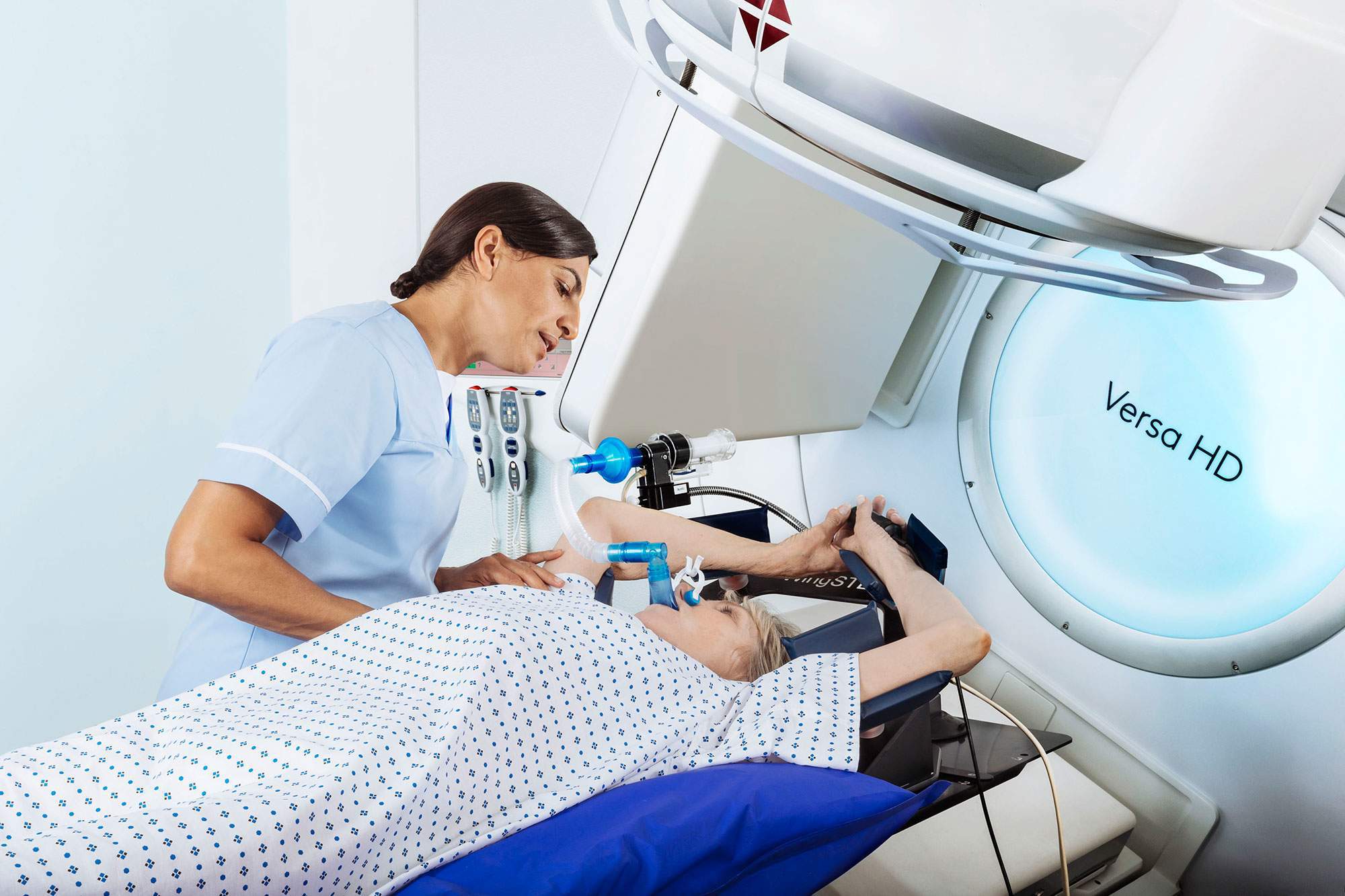
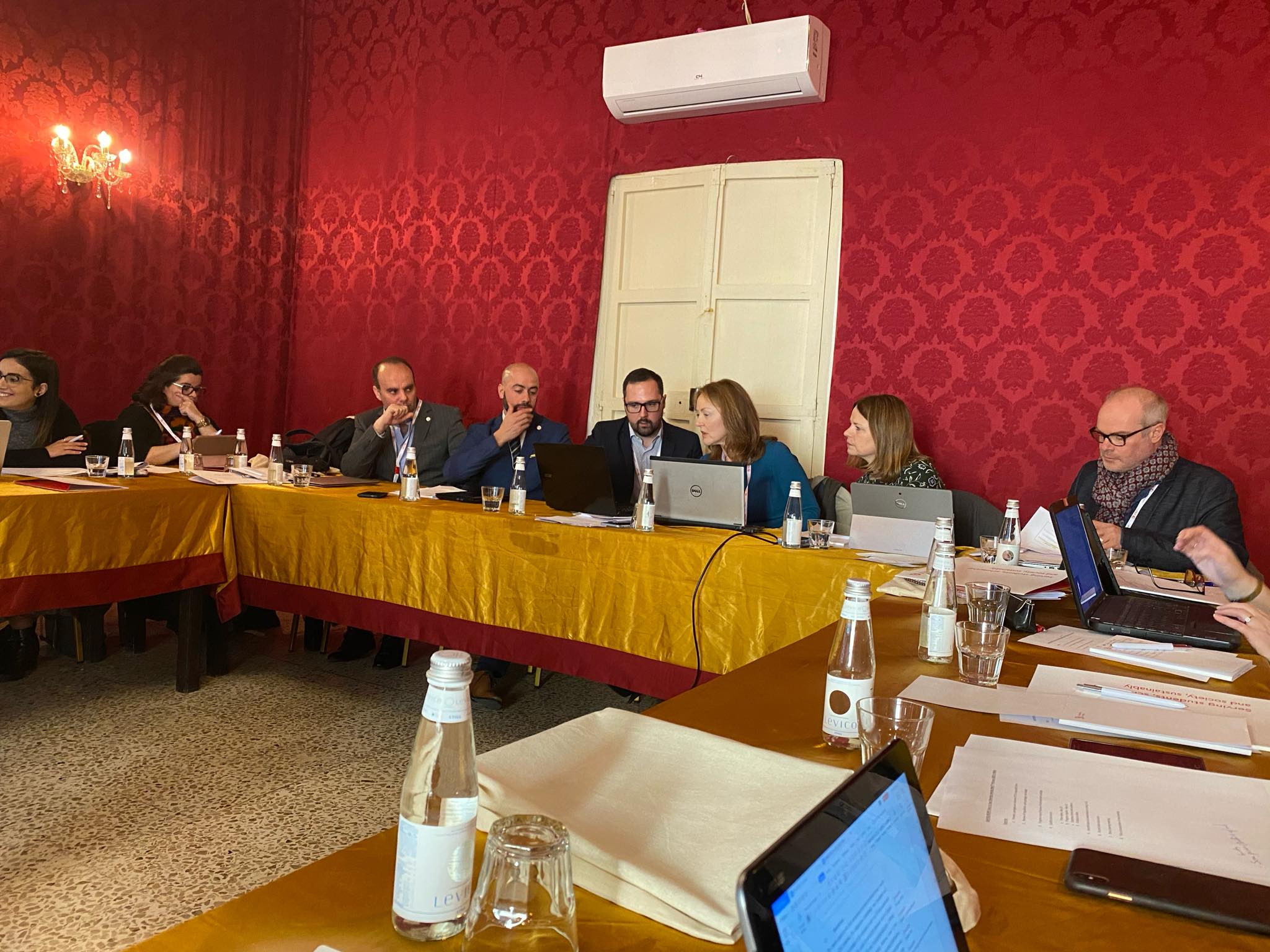
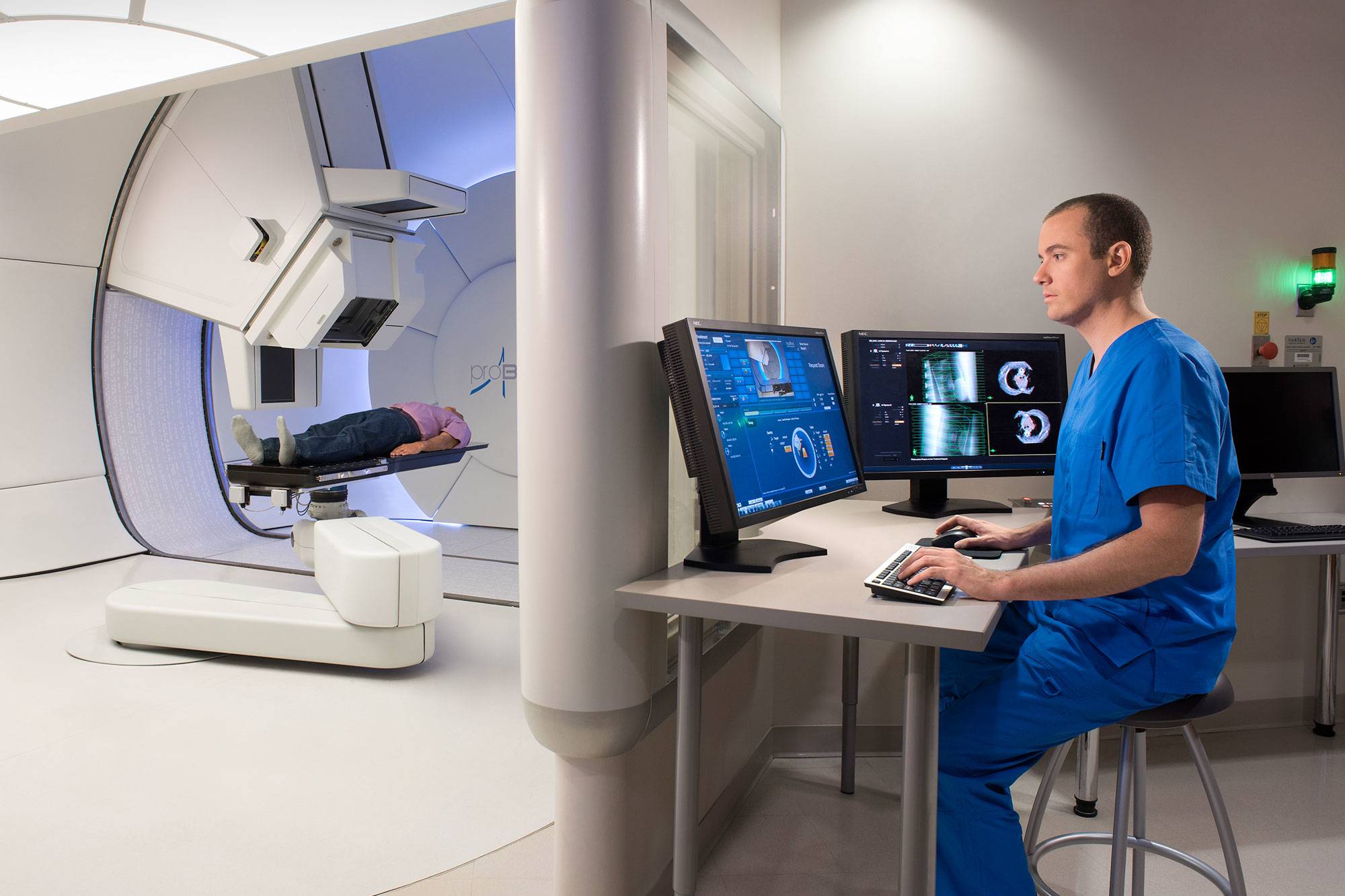
In this study, we aim to investigate and identify the gaps between the skills required by TR to perform their duties in comparison with the educational training provided across Europe. In particular, the project will focus on the training required for the delivery of radiation to patients suffering from malignant diseases (cancers able to spread to other organs) because the technology, software and the required skills are constantly changing.
This will further promote the adoption of best practices across the EU in a key area of healthcare. Furthermore, we aim to propose and develop a set of online modules to address the “skills gap” that currently exists and to enable TR to increase their knowledge base in line with other European countries.
Recommendations regarding skills to be developed by education programmes will be published in order to facilitate the mobility of radiographers across the EU.
In the future, a standardised training would not only increase employability and knowledge transfer but also limit personnel shortage in areas with low numbers of radiography graduates, as well as avoid compromising patients’ safety and improve the care given to the EU population.
The aim of this study is to assess the market needs, identify the educational gaps and implement educational actions to close these gaps in regards to the competencies of European TRs in the following specific skills:

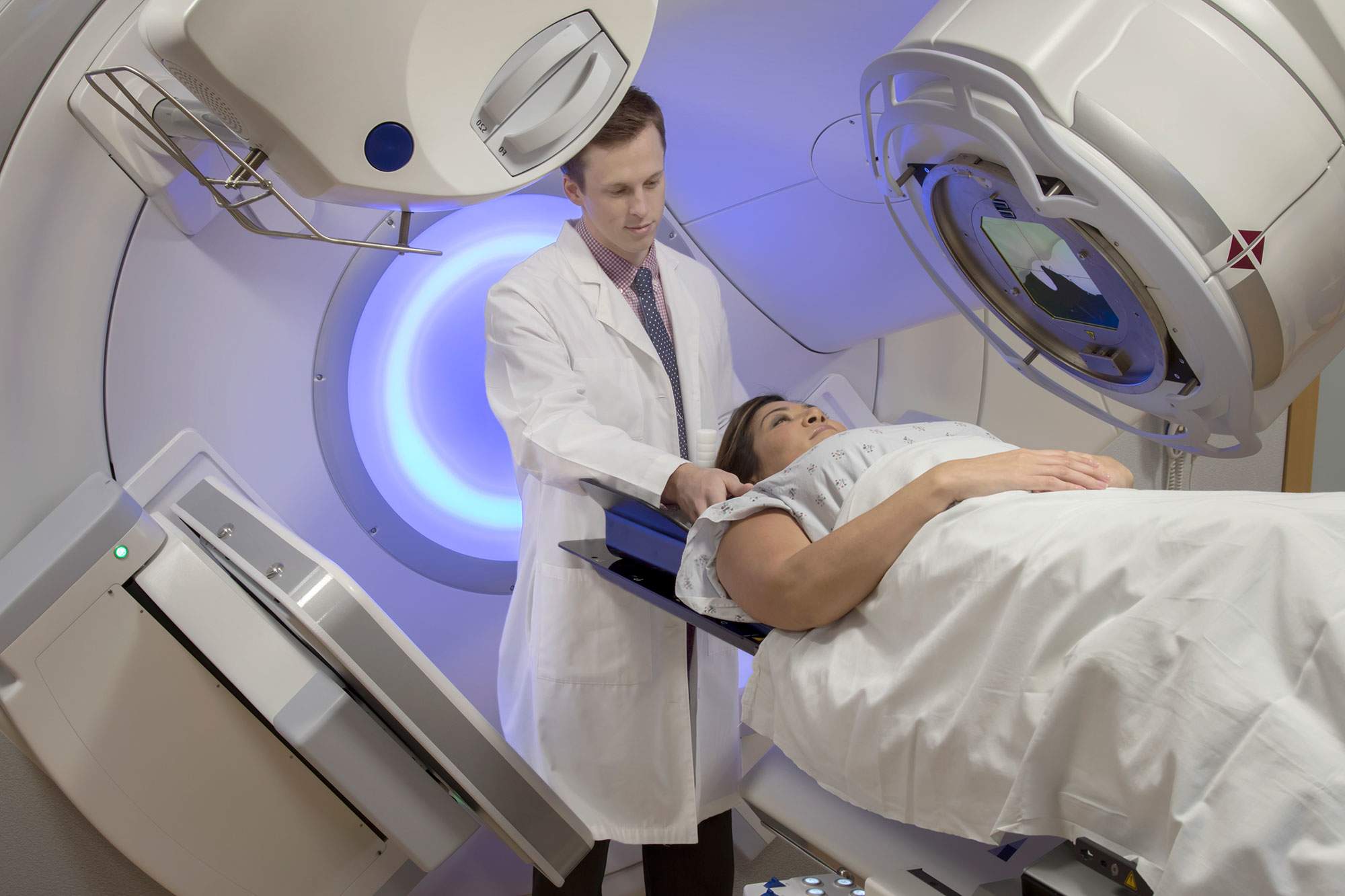
The objectives of the study are to:
The overall expected result of this project will be that radiographers will have competencies that match the market needs, a market that is not national but European.
This will be accompanied by a radiography profession with standardised educational skills/competencies across all EU member states.
Staff educated in different countries will be able to travel freely within the EU and deliver work to the same standard and competency level regardless of where they were trained.
It is expected that the differences in training of TRs among different European countries will be highlighted. This will allow for a pan-European view of the educational programmes, leading to standardisation of training/education and an improvement of professional competencies.
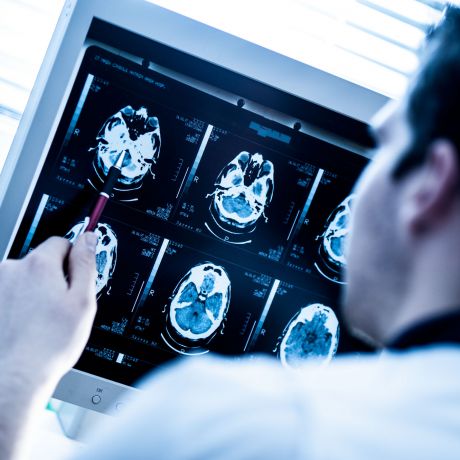
Lorem ipsum dolor sit amet, consectetur adipiscing elit. Ut elit tellus, luctus nec ullamcorper mattis, pulvinar dapibus leo.Lorem ipsum dolor sit amet, consectetur adipiscing elit. Ut elit tellus, luctus nec ullamcorper mattis, pulvinar dapibus leo.